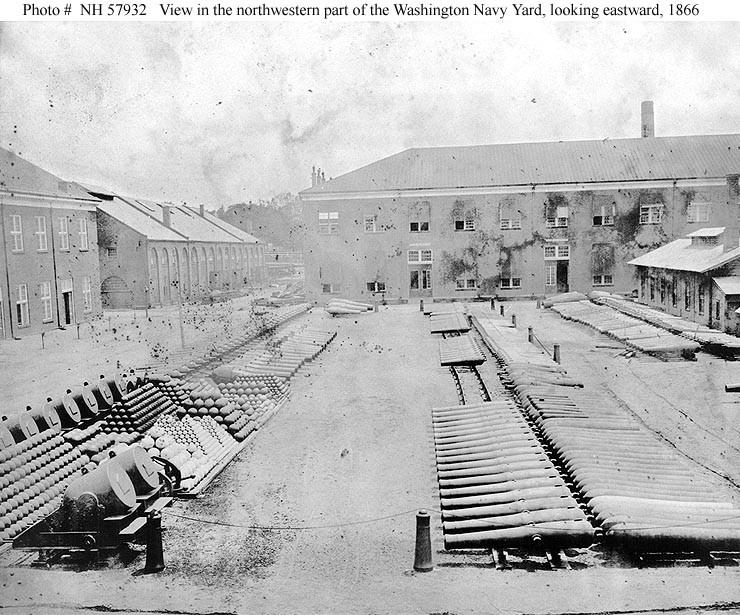Sources for the Study of Naval Equipment

Introduction
The U.S. Navy fits out vessels, craft, and shore stations with equipment and materials to perform its mission. Major items of equipment are managed by design and technical offices. Objects large and small are given a serial number, oftentimes by the manufacturer and the Navy. In the course of that material's life cycle, it can be replaced, through disposal, sale, or transfer. Much of this material finds its way into public and private holdings.
Records
Primary manufacturing and acquisition records are the best documentary resource to consult. Manufacturers hold documents on design, production, and delivery. U.S. Navy records of Bureaus, system commands, and other offices have correspondence, contracts, manuals, inventory lists and other documentation that can enrich the value of materials.
The National Archives and Record Administration holds records on older Navy plant equipment and minor property, such as vehicles, engines, optical equipment, navigation equipment, ordnance, and communications equipment. Each Navy Bureau and major office has its documents organized by Record Group. Examples of records to check are:
- Bureau of Ships (Record Group 19)
- Optical navigation equipment, such as binoculars and telescopes
- Navigation equipment, such as sextants and stadimeters
- Bureau of Ordnance (Record Group 74)
- Ordnance Equipment, including guns and fire control optics
- Bureau of Yards and Docks (Record Group 71)
- Motor vehicles, including jeeps, trucks, and automobiles
- Bureau of Supplies and Accounts (Record Group 143)
- Uniforms and protective clothing
More Information
Specimens and artifacts in public collections may contain further information. The physical features, such as inspector's marks, serial numbers, and locally applied modifications (including artwork) may not be recorded in documents.
Museums and institutions have collections of items. The Naval History and Heritage Command's Curator Branch has a broad holding of many types of material. The Branch will respond to research inquiries as time and resources allow. The volume of inquiries usually far exceeds the available staff resources, and this limits a timely response.


